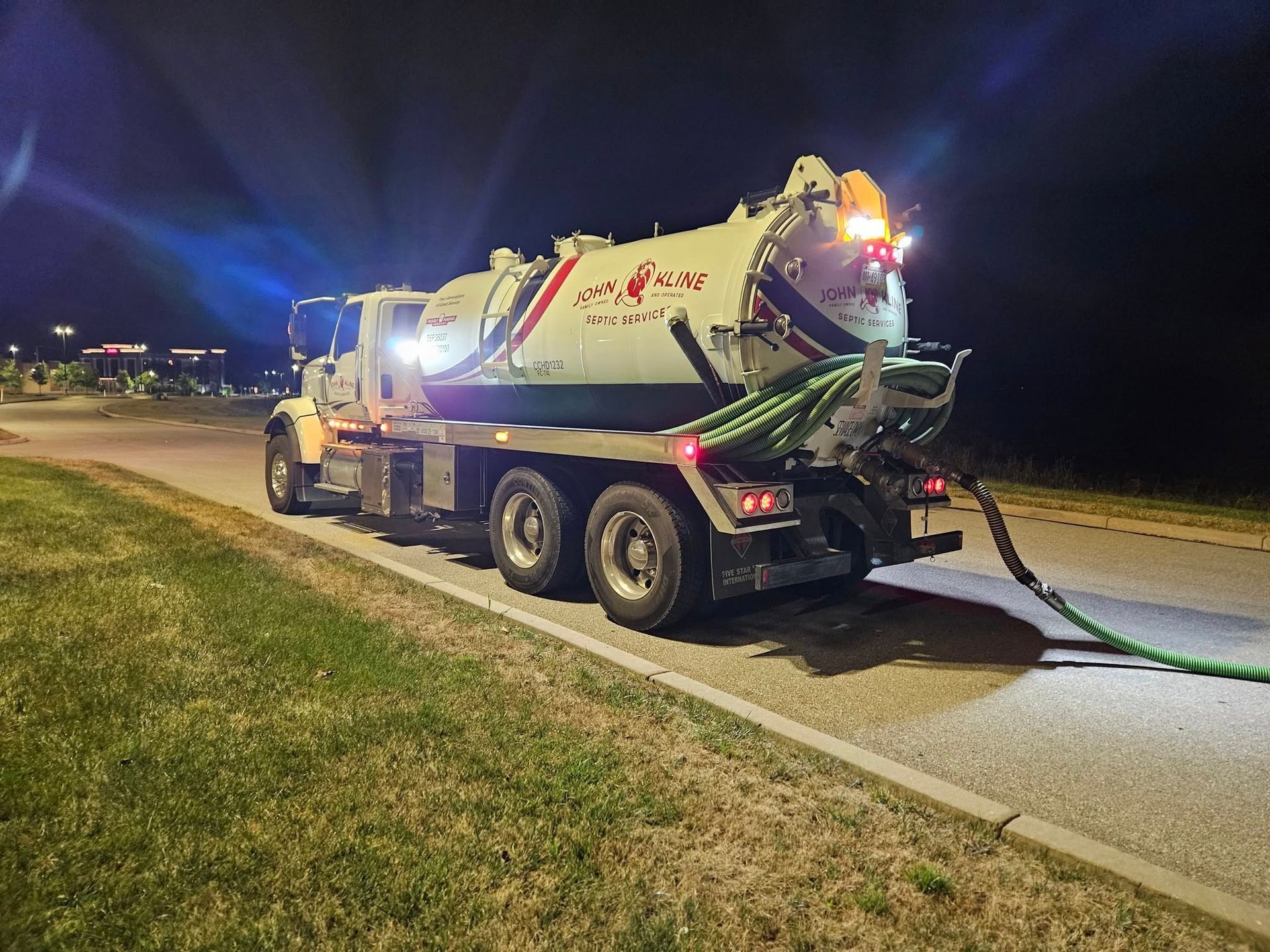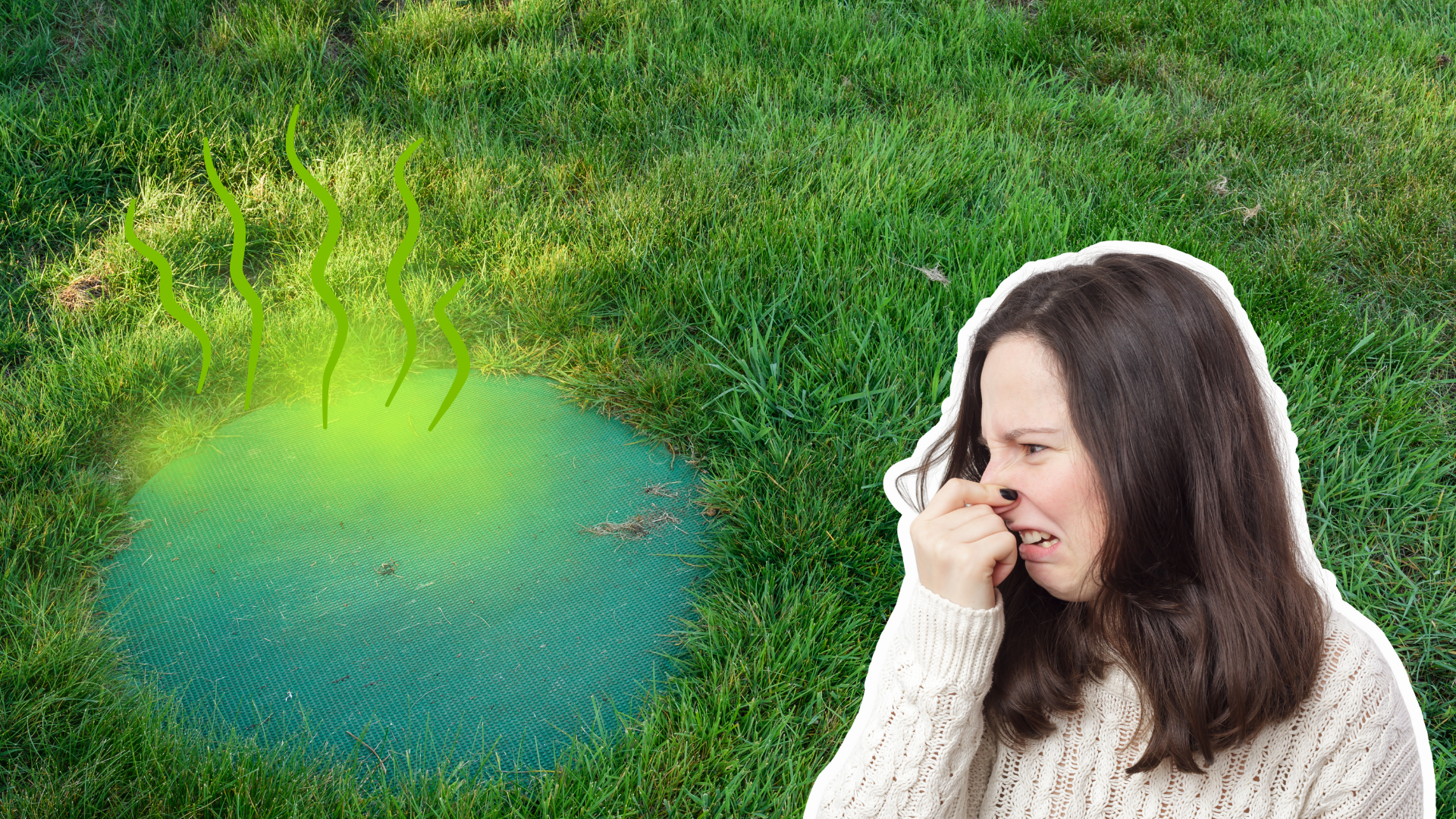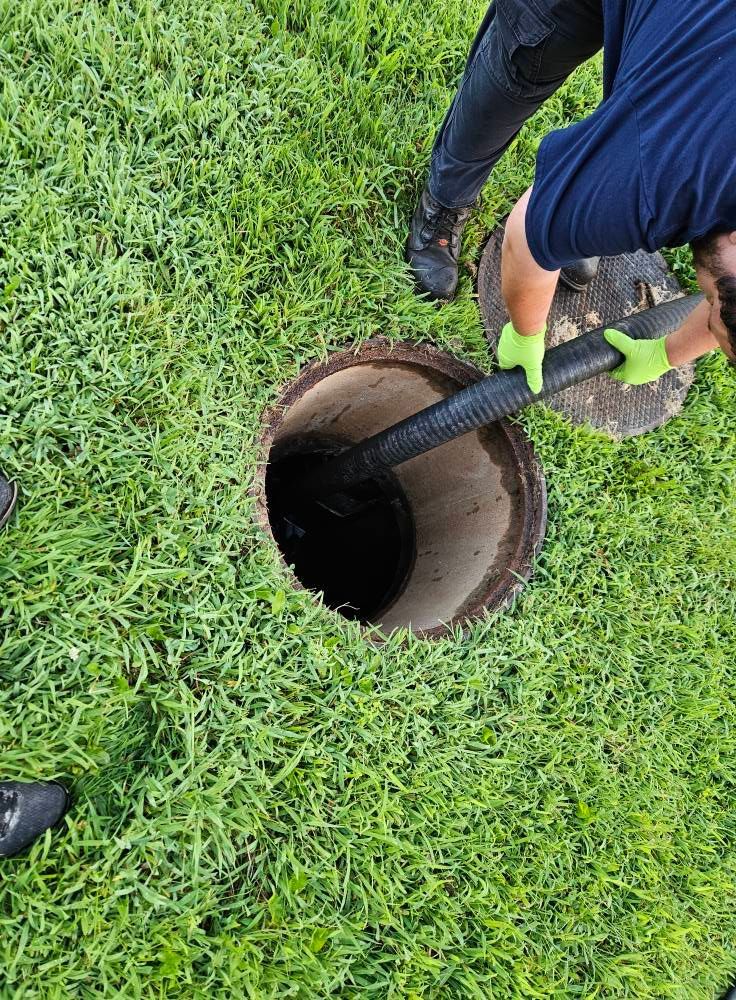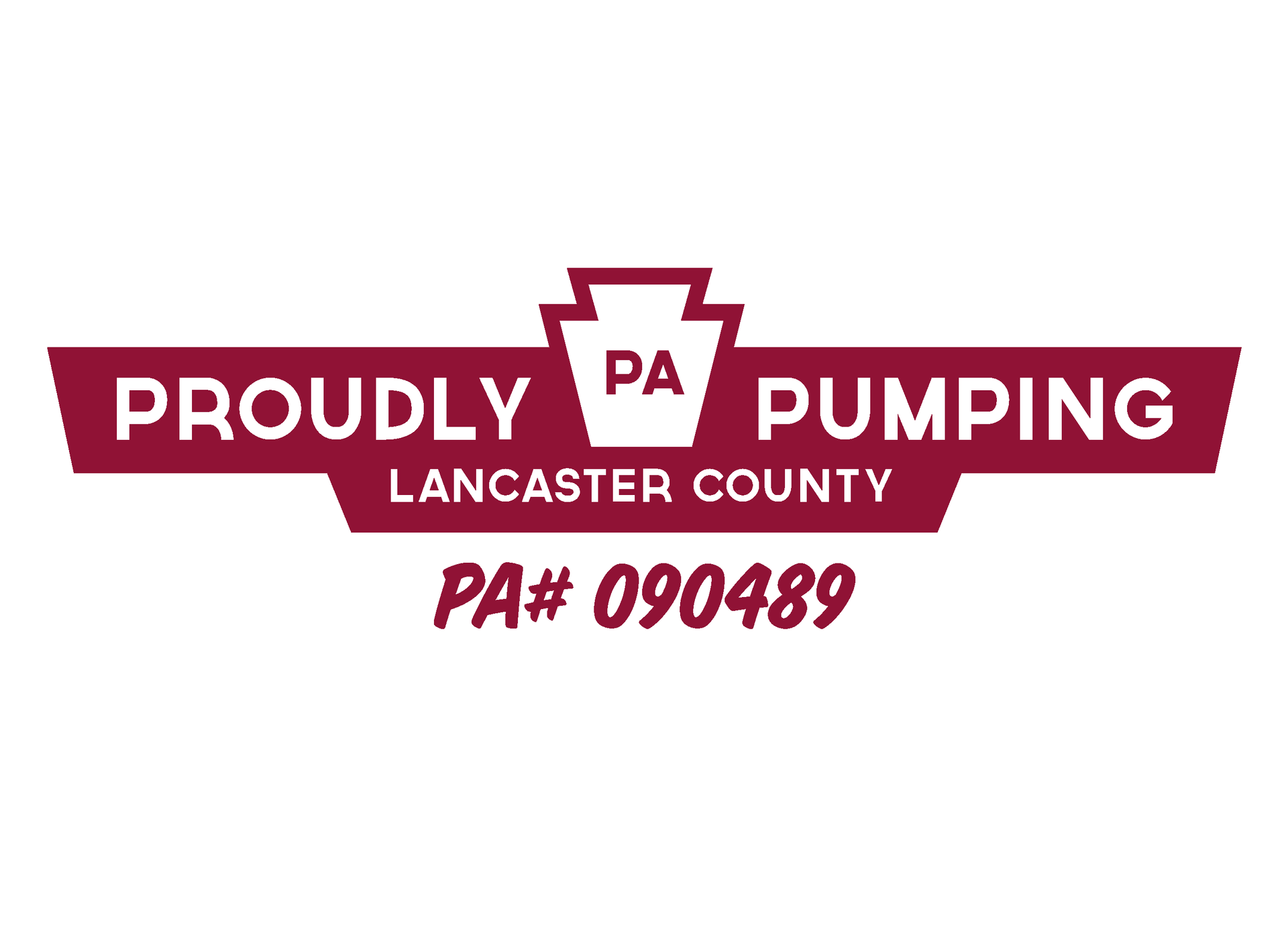What You Should Know About Septic Inspections
Whether you're buying or selling a home with a septic system, a thorough inspection is always a good idea. If the system is bad, you could be looking at a 20-40K project when you first move in, so knowing the condition of your home's largest utility is a must. Keep reading to learn how a professional septic inspection can help you make a more informed decision about your next real estate transaction, or contact us today to speak to one of our PSMA certified inspectors.
Home Inspector or Septic Inspector?
Home inspectors will walk through your home and check for things like structural safety, air quality, lead paint or mold - everything inside
your home. Most are not trained to perform an inspection of your septic system or the service is not offered at all. That's why it's important to call a septic expert. Our technicians are PSMA certified and licensed to complete septic inspections in Central Pa.
We can provide you with a septic certification, a written document stating that an onsite sewage disposal system has been inspected and found to be in satisfactory condition according to current standards.
What Does a Septic Inspection Entail?
When you schedule a septic inspection with us, we’ll identify the location, size and layout of your septic system and answer any questions you may have as a potential home buyer, or seller. We can also perform a routine pumping
at the time of your inspection if needed. Knowing the location of your septic system is especially helpful in the event you ever have a septic problem so we'll make sure you know where your pump alarm and other components are located -- we can even draw you a sketch to keep with your house blueprints.
Your Realtor Says You Need a Hydraulic Load Test... What's That?
Occasionally, in addition to a regular septic inspection you'll need a hydraulic load test
to determine whether or not your septic system is functioning properly. A hydraulic load test requires two days to complete and is only required if the home has been vacant for more than 7 days. On Day 1, the technician measures and records the water level in the absorption area and then begins adding clean water. Water is added until the absorption area reaches its maximum capacity or the full specified daily volume is introduced. The technician then measures and records the water level in the absorption area again.
- You're buying or selling has been vacant for more than 7 days
- There's going to be new sources of waste water added
- There are signs that the tank has been leaking

